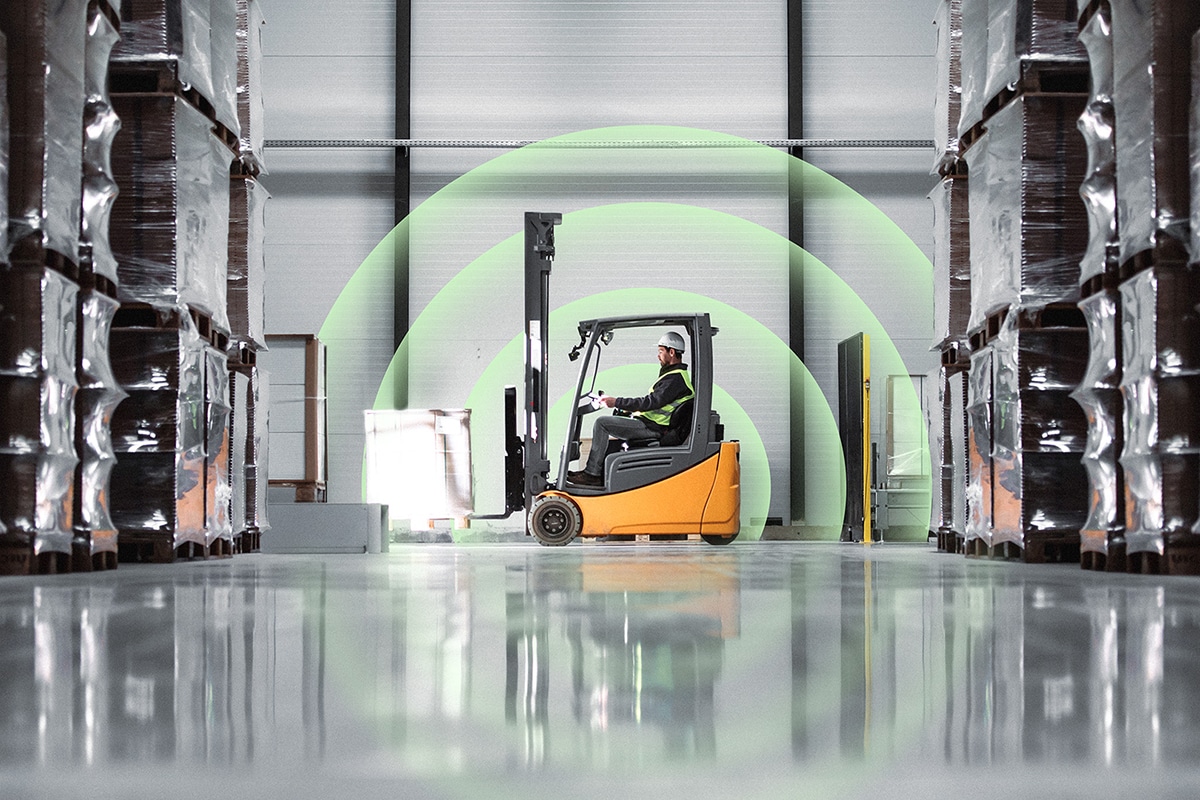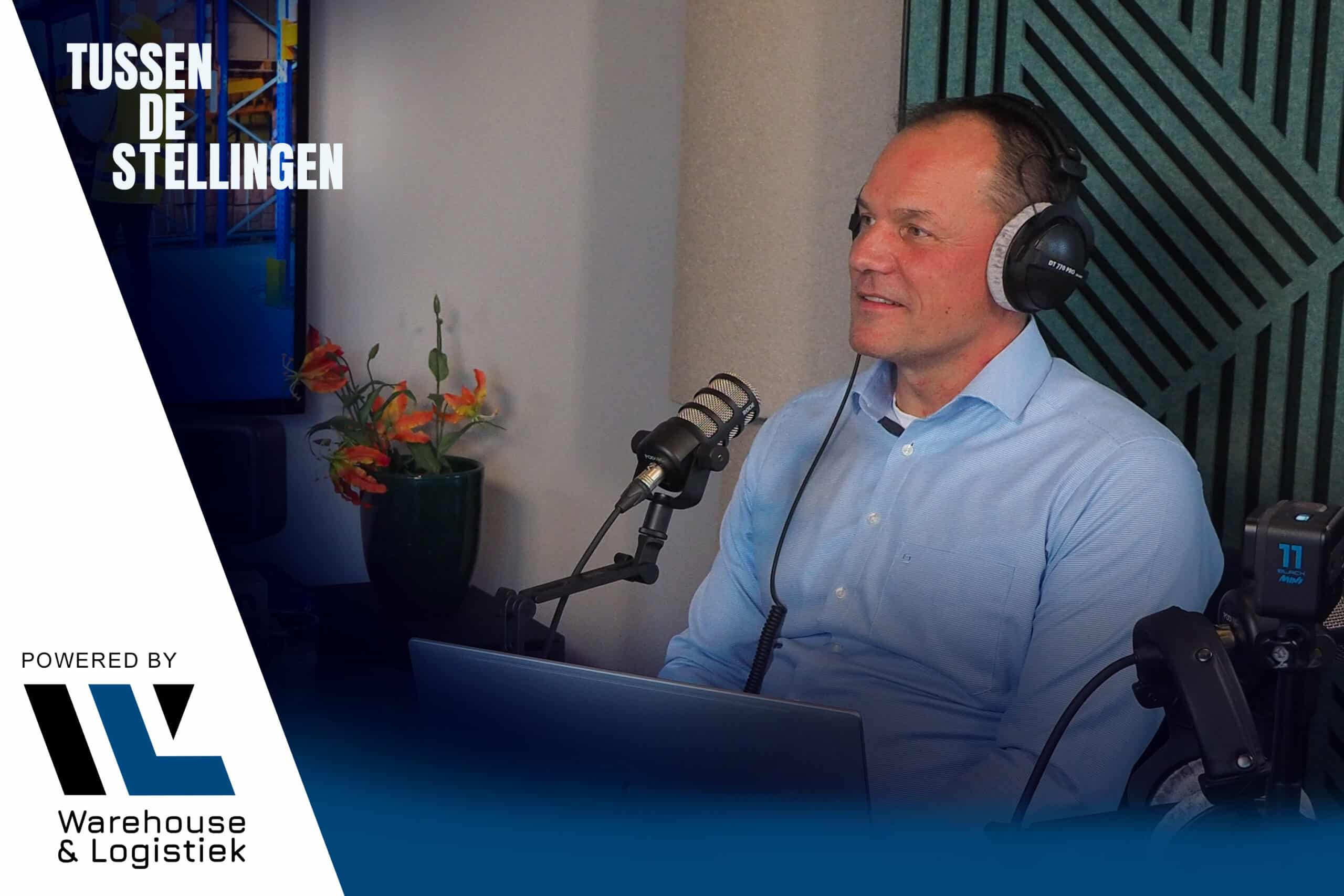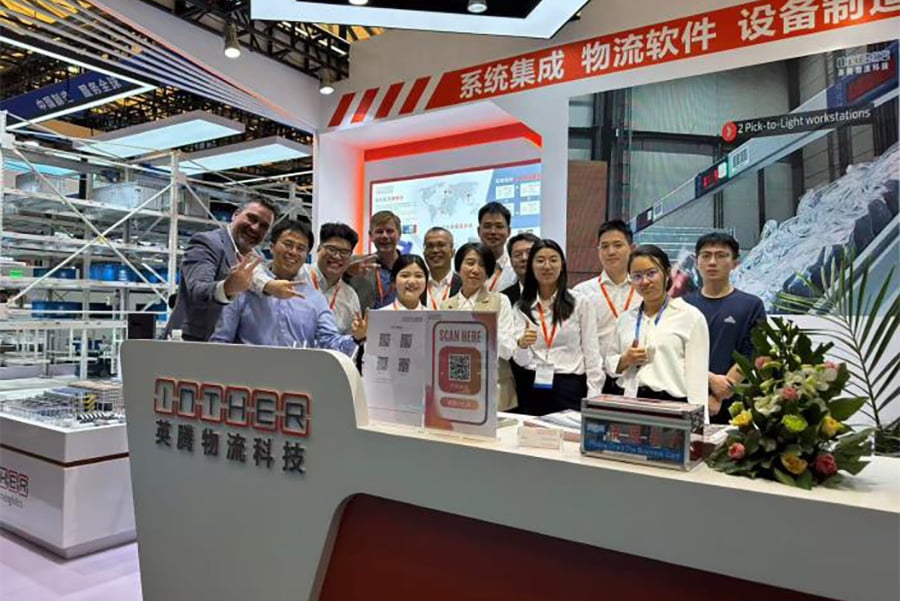
Iveco S-Way now drives even cleaner thanks to Bio-LNG
Much is predicted and planned when it comes to alternatives to diesel, but much still plays out in the future, while CO2 emissions need to be reduced right away. But electric trucks today are still mostly bucket trucks and hydrogen trucks are still years away. Therefore, says Iveco, if you want to save CO2 now, it is best to buy an Iveco S-Way on LNG, especially now that Bio-LNG is becoming widely available. "This will best serve the climate goals in the short term."
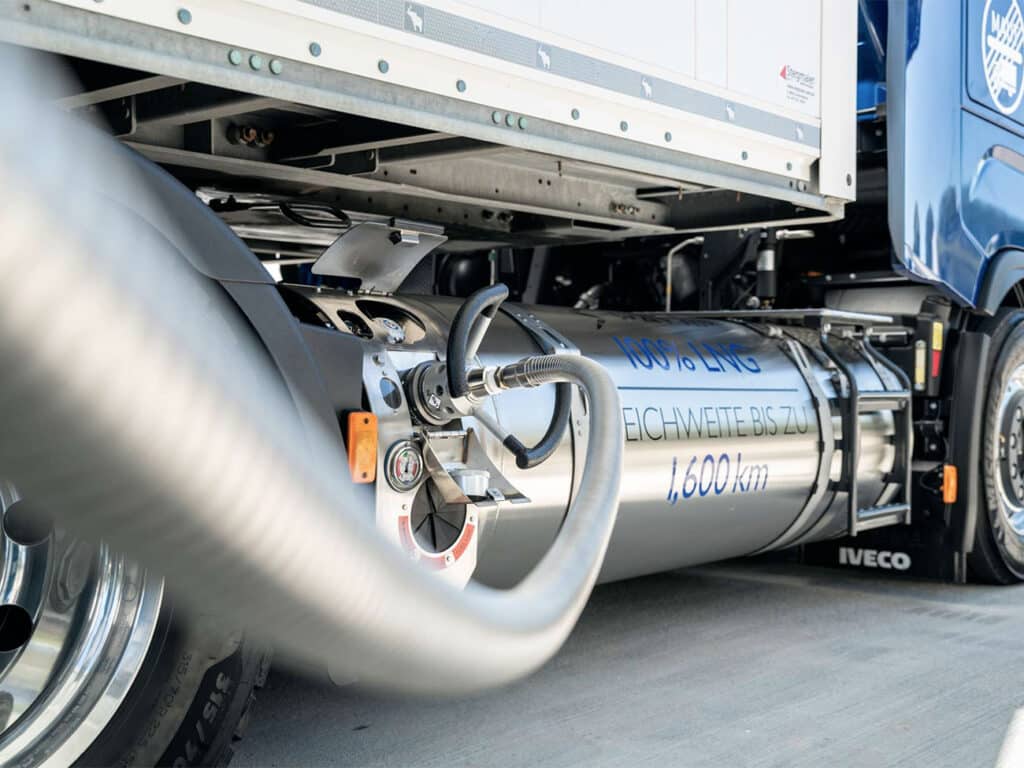
Things are not really moving in the right direction yet with these climate goals. Especially now that the corona pandemic has been largely reduced, climate experts conclude that the "climate gains" that were due to the lockdowns have largely been wiped out again. So what needs to be done is to do something about emissions immediately in the shortest possible time.
Iveco is a pioneer when it comes to trucks running on LNG. For just under a decade, the company has been at the forefront of this technology and managed to achieve a nice market share in the supermarket distribution segment. In that period, the technology surrounding LNG has improved considerably. This often involves shorter distances and heavy loads.
"Iveco has proven that our trucks are perfectly suited for this deployment. But that's only part of the story. Precisely the S-Way is the LNG truck that has the greatest range. We have the most practical layout of the truck chassis, which allows us to mount larger tanks. That makes our trucks ideally suited for longer trips. More and more customers realize this and are deploying the S-Way, sometimes even as an LZV, on international routes," says Loek Vroon, commercial director at Iveco NLS.

Biogas
Current LNG trucks achieve a 20 percent reduction in CO2 emissions and are not inferior to their diesel counterparts in terms of cost. But just in the fall of 2021, Bio-LNG will break through as a fuel. Its availability allows the same trucks with the same technology to achieve CO2 reductions of nearly one hundred percent. The raw material for LNG comes from the waste world, and this is what LNG was all about in the first place.
Recently, Bio-LNG can be produced on such a scale that it can be delivered regularly and with the required quality to the growing network of LNG filling stations in our country. "What we want to achieve is that Bio-LNG prevents waste from going into the incinerator and that's it. Bio-LNG is a method of reusing waste as truck fuel, thus immediately reducing the CO2 emissions from road transport," Iveco said.
Even though trucks can run on a 100% Bio-LNG, initially, as the supply of Bio-LNG gets underway, Bio-LNG will be blended with 30% LNG that we know as highly cooled natural gas. "In this way we can find a wide application of the gas in a relatively short time and already achieve a substantial CO2 reduction for road transport."
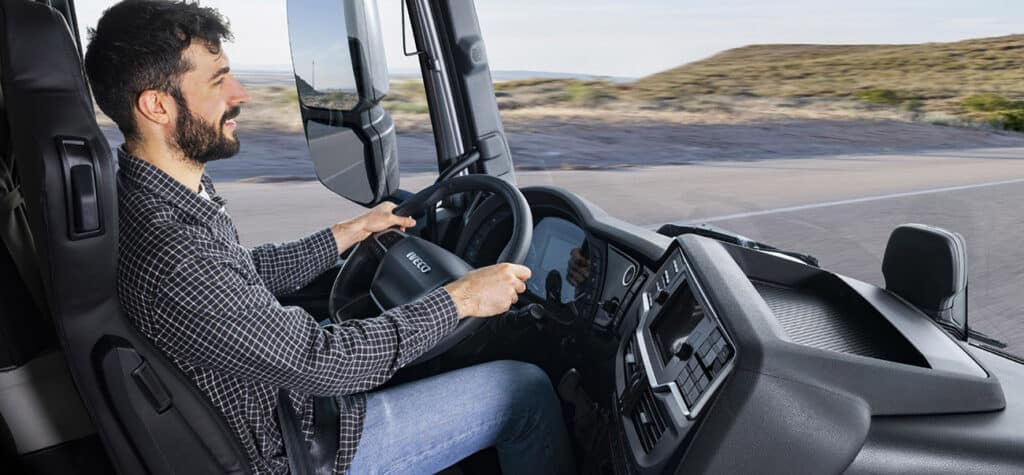
First factory
The first Bio-LNG plant in our country was recently opened in Amsterdam-West. In it, several partners are working together, who want to ensure a production of an expected 3.4 kilotons of bio-LNG per year, preventing the emission of over 14.3 kilotons of fossil CO2. This is enough for 13 million road kilometers. Bio-LNG production also creates bio-CO2. This is captured for reuse in greenhouse horticulture. This creates an exceptionally effective and environmentally friendly chain.
This is what the start of the LNG project was all about; producing a fuel from waste streams that can be used in trucks. And that's just the beginning. Other parties are expected to start producing Bio-LNG as well, resulting in a wider supply and wider availability and a denser network of filling stations.
Ten times as much
Involved parties expect the production of Bio-LNG in Europe to increase tenfold in the next few years. This is very important, because in this way a relatively quick and measurable reduction of CO2 emissions can be achieved. Moreover, at the same time, the waste incinerator, which is not too clean, will have less to deal with, as more and more waste is effectively recycled. The aforementioned tenfold reduction will be achieved within three years from now, it is expected.
So Bio-LNG has advantages that come on top of the emission advantages that already apply to non-Bio-LNG. Those are lower particulate and NOx emissions, as well as lower emissions when measured by greenhouse gas emissions within the whole chain, i.e. well-to-wheel. The advent of Bio-LNG has no noticeable impact on a truck's performance. Bio-LNG can also be blended, whether in a blended form with existing LNG or not.
The arrival of Bio-LNG is pure profit and justifies the path Iveco took at the time. The production of Bio-LNG is designed in such a way that even an additional residual product is captured and reused in a sector that our country is already very keen to make sustainable.
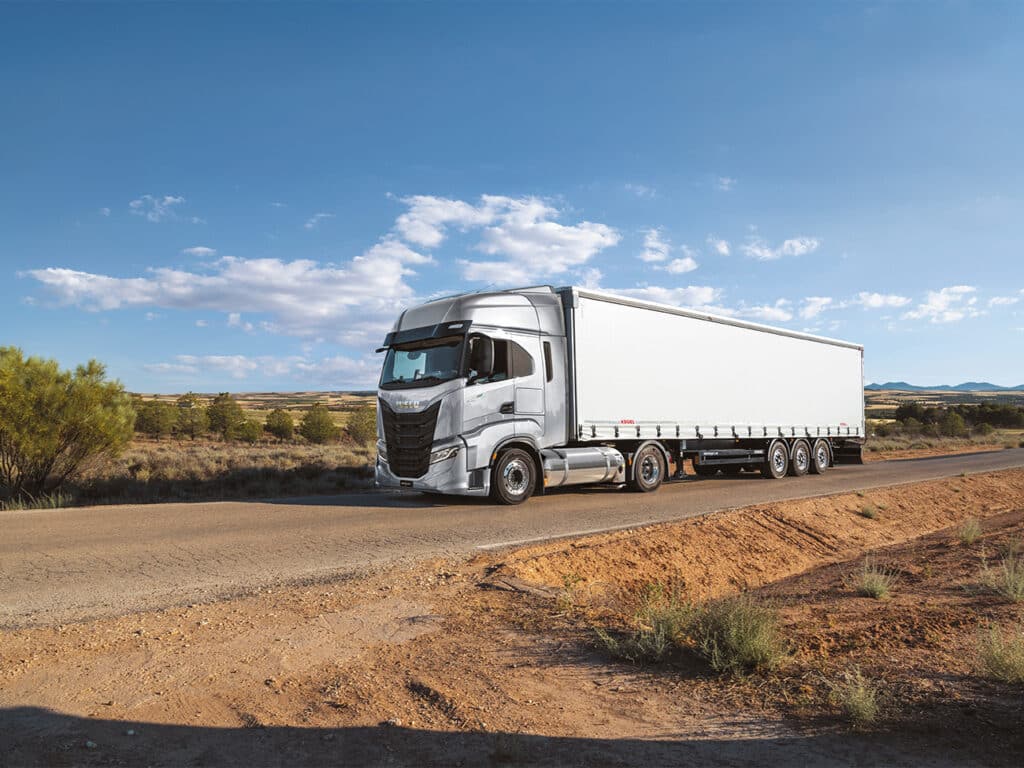
Right path
For Iveco, the arrival of Bio-LNG is confirmation that the brand has chosen the right path of sustainability. "With our range of LNG trucks, carriers can already make a significant contribution to the climate goals in the short term, without having to make major investments. In this regard, Iveco also supplies the new X-Way, a truck perfectly suited for use in construction traffic. This can all be done without further fear of higher costs and no further investment in associated equipment is required. The maintenance costs are comparable to a diesel, so that cannot be an objection either."

